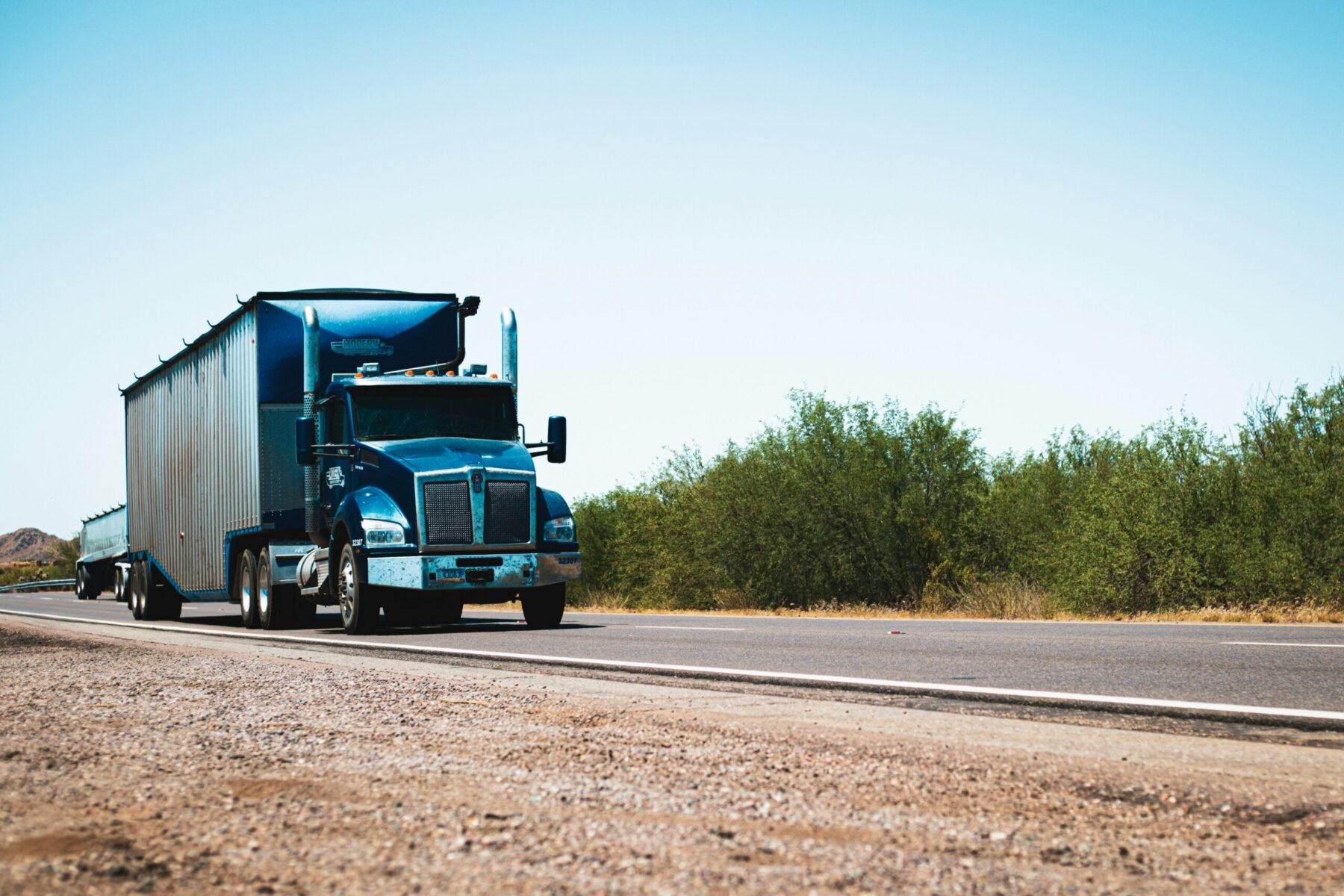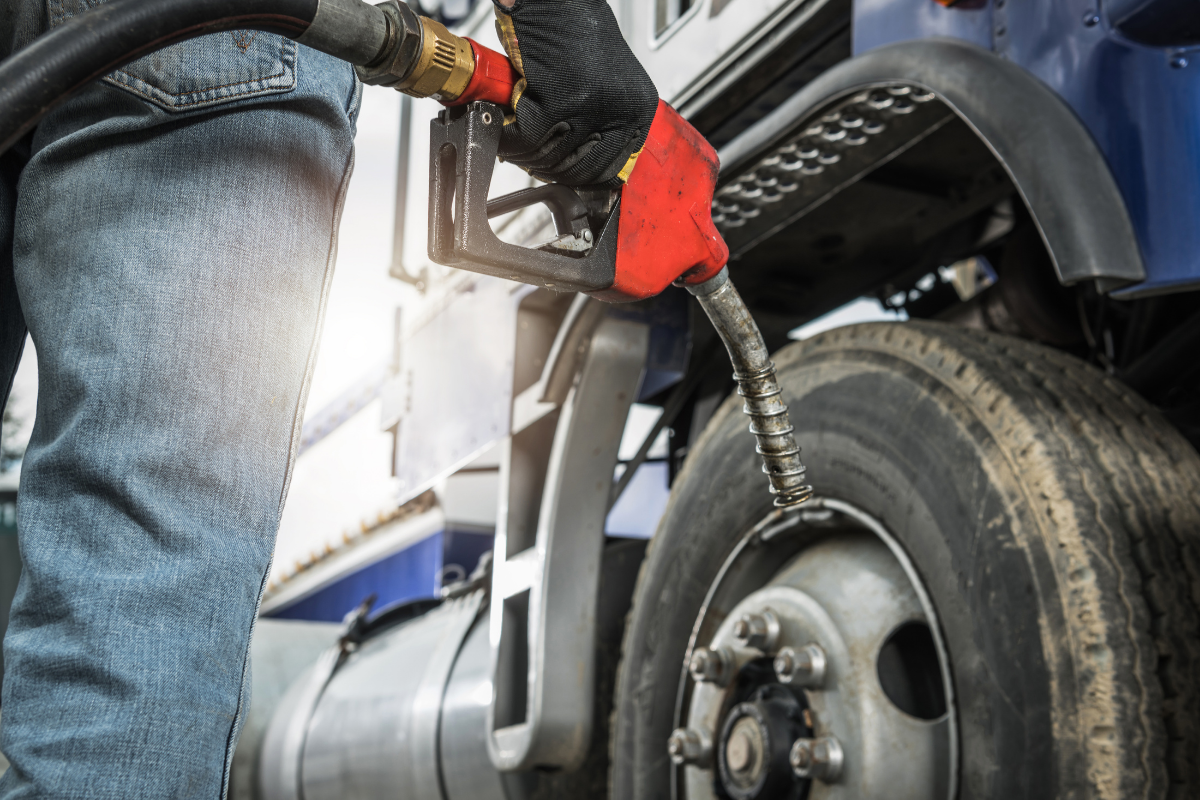The domestic freight industry is gearing up for a transformative year in 2025, with a slate of new and proposed regulatory changes poised to redefine operations. These regulations span safety enhancements, environmental standards, technological advancements, and compliance simplifications, affecting trucking companies, fleet operators, and logistics professionals alike. Staying ahead of these shifts is critical for success in an increasingly complex landscape. Below is the break down of the key regulatory developments expected to influence the industry in 2025, their implications, and how stakeholders can prepare.
Speed Limiter Mandate for Heavy Trucks
The Federal Motor Carrier Safety Administration (FMCSA) is nearing a decision on its long-debated speed limiter mandate for heavy trucks. Expected to be finalized in May 2025, this rule would cap speeds at 65-70 mph for trucks over 26,000 pounds. The proposal aims to boost road safety by reducing crash severity, but it’s met with mixed reactions. The Owner-Operator Independent Drivers Association (OOIDA) opposes it, warning of traffic congestion and safety risks from speed differentials with other vehicles. Meanwhile, the Truckload Carriers Association (TCA) supports it, though they advocate for flexibility to adapt to diverse conditions. If implemented, fleets may need to adjust schedules and address driver concerns about income tied to mileage, balancing safety gains with operational challenges.
Automatic Emergency Braking (AEB) Systems Mandate
Safety takes center stage again with the upcoming mandate for Automatic Emergency Braking (AEB) systems on heavy trucks. A joint effort by the FMCSA and the National Highway Traffic Safety Administration (NHTSA), this rule is slated for finalization in January 2025. It will require AEB systems on new trucks weighing 10,001 pounds or more, enabling automatic braking in emergencies to prevent collisions. While this promises fewer accidents, it comes with a price tag—fleet operators will face costs to retrofit existing trucks or invest in new compliant vehicles. This mandate underscores a shift toward technology-driven safety, pushing fleets to plan strategically for compliance.
Updates to the Safety Fitness Determination (SFD) Process
The FMCSA is set to overhaul its Safety Fitness Determination (SFD) process, which currently rates carriers on a three-tier scale. A Notice of Proposed Rulemaking (NPRM) expected in June 2025 will introduce a more data-driven approach to pinpoint unfit carriers using advanced analytics. This could streamline the removal of high-risk operators, enhancing road safety. For carriers, it means adapting to potentially revised evaluation criteria and ensuring robust data systems to meet new standards. The update reflects a broader push for precision in safety oversight, with significant implications for compliance strategies.
Electronic Drug and Alcohol Recordkeeping
Modernization is on the horizon with a proposed shift to electronic drug and alcohol recordkeeping. An NPRM due in December 2024 will allow electronic signatures and records for Department of Transportation (DOT)-regulated testing, replacing the current paper-based system. This change, expected to roll out in 2025, promises to cut administrative burdens and boost efficiency for carriers. However, it will require secure digital platforms to meet DOT requirements. This move toward digitization could simplify compliance, making it a welcome update for an industry bogged down by paperwork.
Environmental Regulations and Emissions Standards
Sustainability is gaining traction, with environmental regulations influencing freight operations globally and potentially domestically. The UK has mandated a 15% carbon emissions cut for heavy goods vehicles by 2025 from 2019 levels, while the EU requires a 15% CO2 reduction for new trucks by 2025, escalating to 30% by 2030. Though not U.S. rules, these standards could inspire similar policies here, especially as environmental priorities grow. Fleets serving international markets will need cleaner technologies like electric or hydrogen trucks to comply. Domestically, a potential repeal of the federal excise tax (FET) on heavy-duty trucks under a future administration could ease the cost of upgrading to greener fleets, aligning economic and environmental goals.
Cybersecurity Requirements for Logistics Operations
As freight operations digitize, cybersecurity is becoming non-negotiable. New regulations will mandate measures like encryption, multi-factor authentication, and staff training to safeguard data amid rising cyber threats. With telematics and connected vehicles on the rise, logistics firms face growing risks that demand proactive defenses. Appointing a dedicated cybersecurity leader could help fleets stay compliant and secure. This regulatory focus highlights data protection as a cornerstone of modern freight operations, urging investment in robust systems.
Simplifying Compliance: FMCSA’s Proposed Rule Changes
The FMCSA is proposing several rule changes to ease compliance burdens, with NPRMs expected in 2025. These include:
- Revising CDL self-reporting requirements, potentially streamlining processes with electronic violation exchanges between states.
- Updating ELD rules, such as removing the need for in-truck manuals.
- Modifying hazardous materials transportation rules to reduce complexity.
These changes aim to cut red tape while preserving safety, offering carriers a more efficient regulatory framework. Fleets will benefit from staying engaged during the 60-day comment periods to shape these rules.
Potential Reclassification of Marijuana and Its Impact on Drug Testing
A wildcard in 2025 is the possible reclassification of marijuana from Schedule I to Schedule III by the Drug Enforcement Agency (DEA). This shift could disrupt DOT drug testing, as current protocols target Schedule I and II substances. If marijuana moves to Schedule III, it might drop from standard tests, prompting industry groups to push for an exception for safety-sensitive roles like truck drivers. This unresolved issue could reshape workforce policies, requiring fleets to monitor developments closely and adapt testing practices to ensure safety.
Preparing for the Future: Staying Ahead of the Curve
The freight industry in 2025 will face a dynamic regulatory landscape, from safety mandates to environmental and cybersecurity demands. Success will hinge on staying informed and agile. Engaging with industry associations, attending webinars, and consulting compliance experts can equip stakeholders to navigate these changes. Investing in technology—whether for safety, emissions, or data security—will be key to meeting requirements and staying competitive. As challenges mount, so do opportunities for those ready to innovate and adapt in this evolving freight ecosystem.
At Native American Logistics, we understand that staying compliant with evolving freight regulations is crucial to keeping your operations safe, efficient, and competitive. Our experienced team is here to help you navigate these changes seamlessly with tailored logistics solutions and expert guidance. Ready to future-proof your freight operations? Contact NAL today to learn how we can support your business through every regulatory shift and beyond.

Jeff Berlin
is the Chief Operating Officer of E.L. Hollingsworth & Co. and serves as the Senior Operations Executive for TOP Worldwide and Native American Logistics. With over 30 years of experience leading logistics and trucking companies, he brings deep industry expertise to his role. Jeff is also a CDL-A driver and a private pilot. Contact Jeff at jberlin@elhc.net.
 +1 877 781 3006
+1 877 781 3006 (52) 554-870-5682
(52) 554-870-5682




